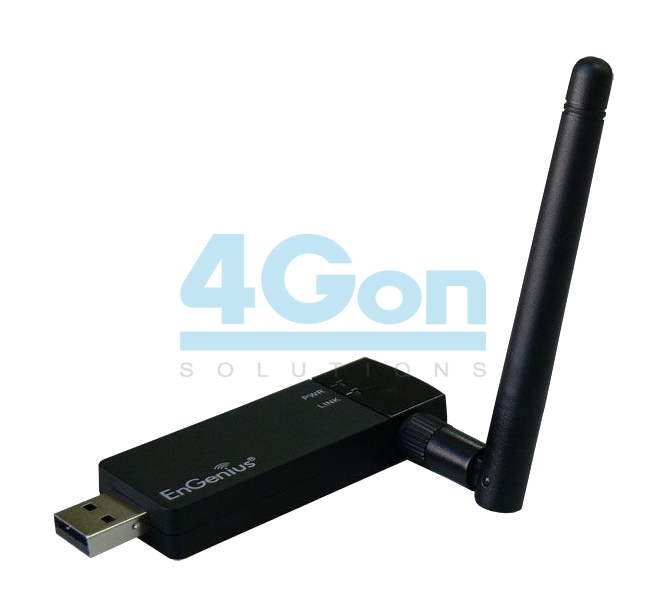Driver Usb Adapter Wireless 80211bg Telecom By D Link

Portable Adapter + 7050 F5D7050 802.11g Wireless USB Adapter + 705C. (PQFP Package) + 474F Rage XL PCI-66 I Need Driver for the Chip + 4750. City Gate Development LTD 1070 Daewoo Telecom Ltd. 1071 Mitac +. Ethernet Adapter 4001 DFE-650TX D Link Fast Ethernet PCMCIA Card.
*Maximum wireless transmission rates are the physical rates derived from IEEE Standard 802.11 specifications. Range and coverage specifications are based upon test results under normal usage conditions. Actual wireless transmission rate and wireless coverage are not guaranteed, and will vary as a result of 1) environmental factors, including building materials, physical objects and obstacles, 2) network conditions, including local interference, volume and density of traffic, product location, network complexity, and network overhead and 3) client limitations, including rated performance, location, connection quality, and client condition. Interface USB 2.0 Button WPS Push Button Dimensions ( W x D x H ) 2.7x 0.8 x 0.4 in. (69 x 21 x 9.5mm) Antenna Type On-Board Wireless Standards IEEE 802.11n, IEEE 802.11g, IEEE 802.11b Frequency 2.400-2.4835GHz Signal Rate 11n: Up to 300Mbps(dynamic) 11g: Up to 54Mbps(dynamic) 11b: Up to 11Mbps(dynamic) Reception Sensitivity 270M: -62dBm@10% PER 130M: -65dBm@10% PER 108M: -68dBm@10% PER 54M: -68dBm@10% PER 11M: -85dBm@8% PER 6M: -88dBm@10% PER 1M: -90dBm@8% PER Transmit Power.
Sistem de operare: Windows 95, DOS, Linux XFree86 (Not distribution-specific), Windows 2000, Windows XP, Windows NT, Windows ME, Windows 98SE, Windows 98, Windows XP 64-Bit, Windows Server 2003 x64, Windows CE.net 5.0. Driver placa de retea windows xp universala.
About 802.11b/g USB Wireless Network Adapter IEEE 802.11 is a set of media access control and physical layer specifications for implementing wireless local area network computer communication in the 900MHz and 2.4, 3.6, 5, and 60GHz frequency bands. They are created and maintained by the Institute of Electrical and Electronics Engineers LAN / MAN Standards Committee. The base version of the standard was released in 1997, and has had subsequent amendments. The standard and amendments provide the basis for wireless network products using the Wi-Fi brand.
 While each amendment is officially revoked when it is incorporated in the latest version of the standard, the corporate world tends to market to the revisions because they concisely denote capabilities of their products. As a result, in the market place, each revision tends to become its own standard.
While each amendment is officially revoked when it is incorporated in the latest version of the standard, the corporate world tends to market to the revisions because they concisely denote capabilities of their products. As a result, in the market place, each revision tends to become its own standard.